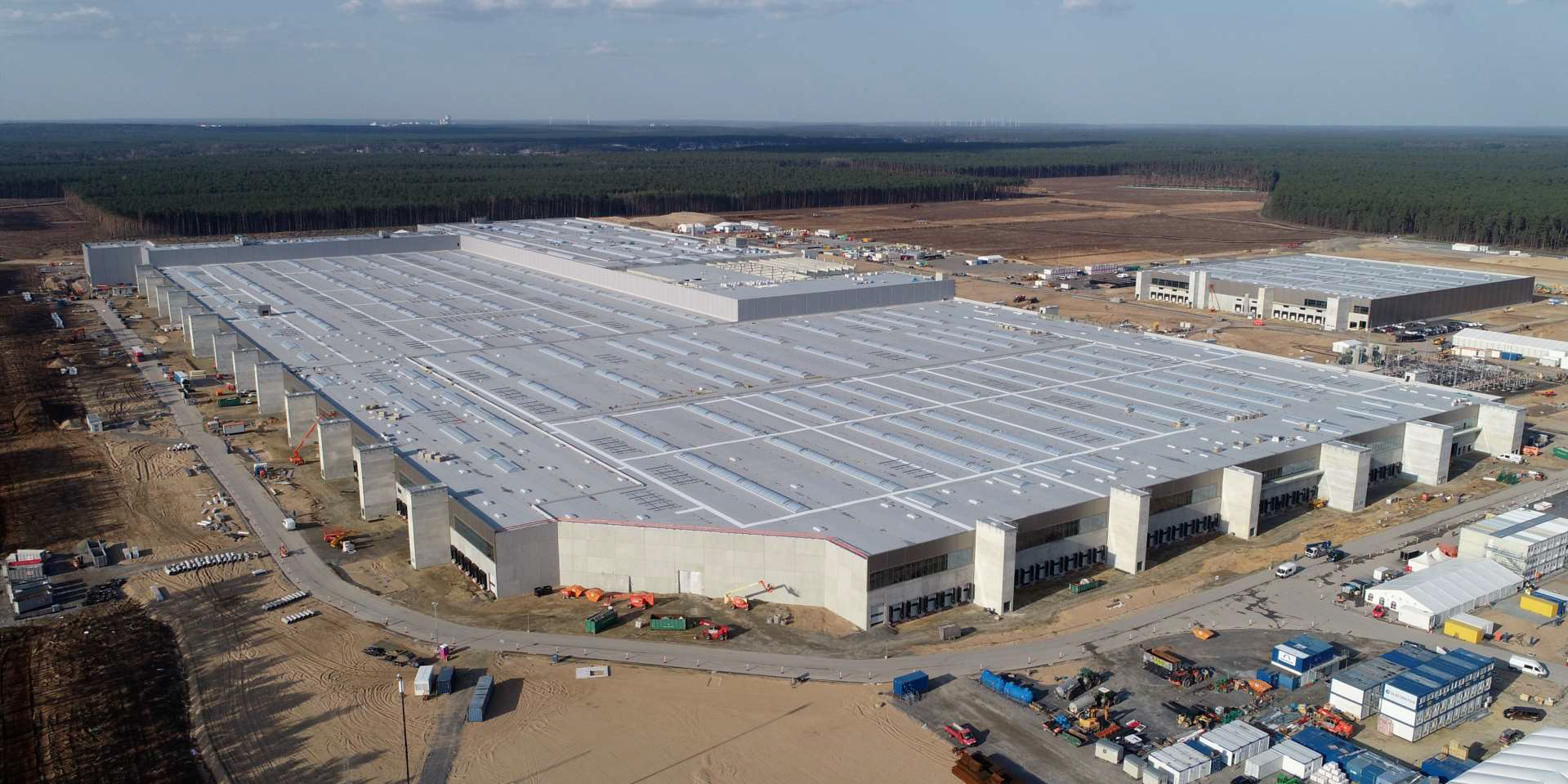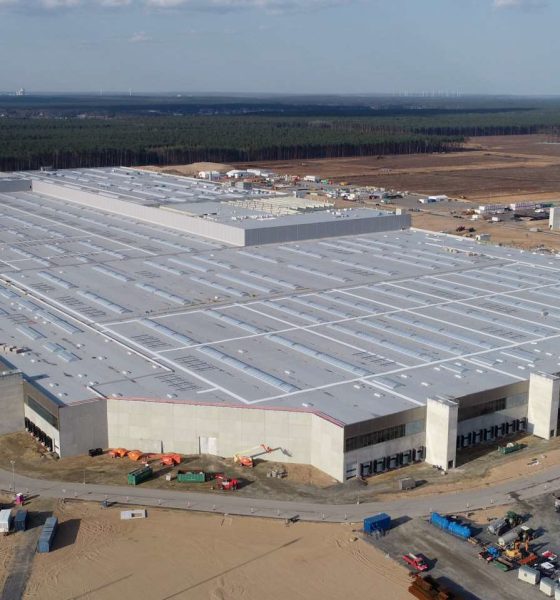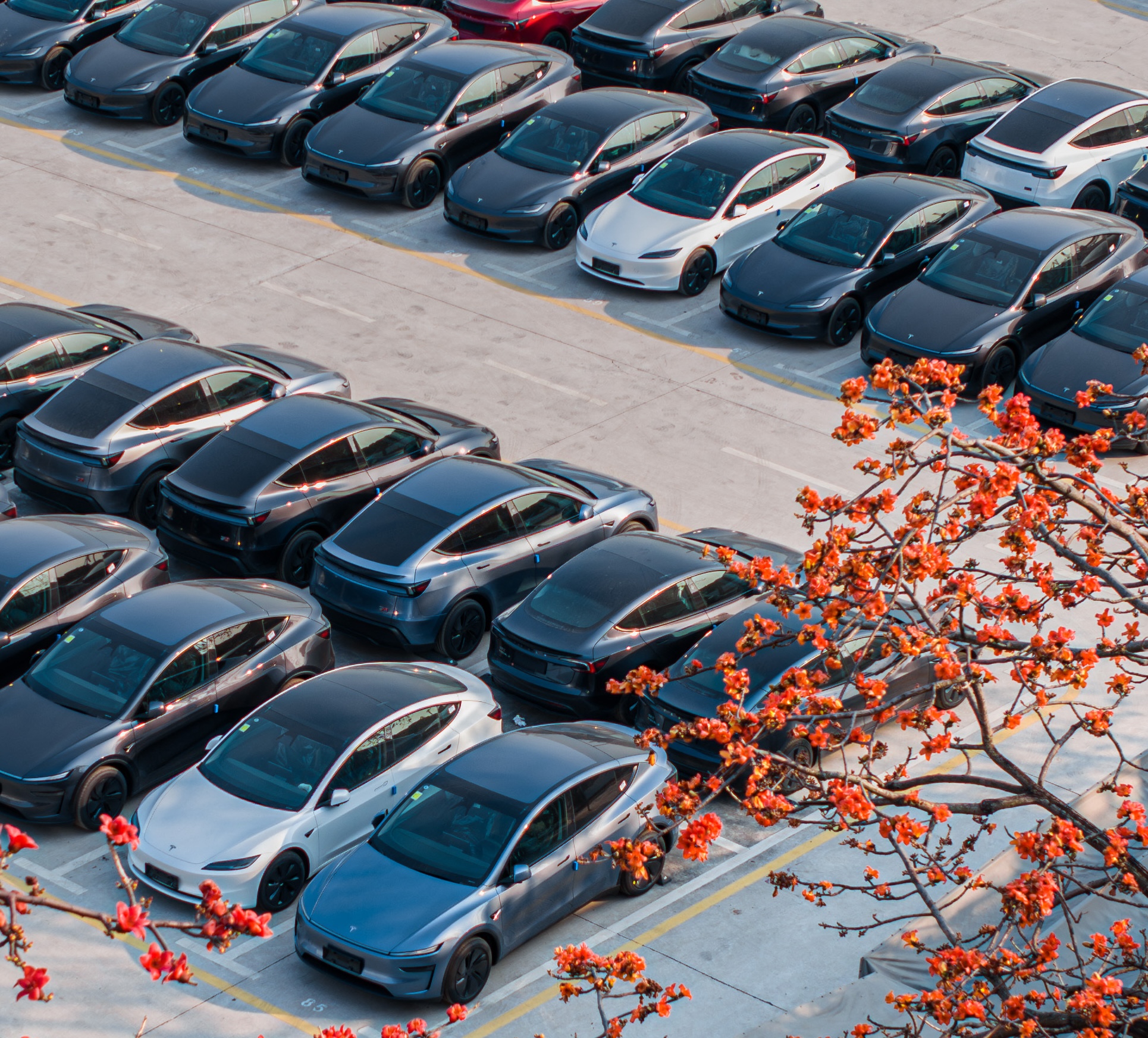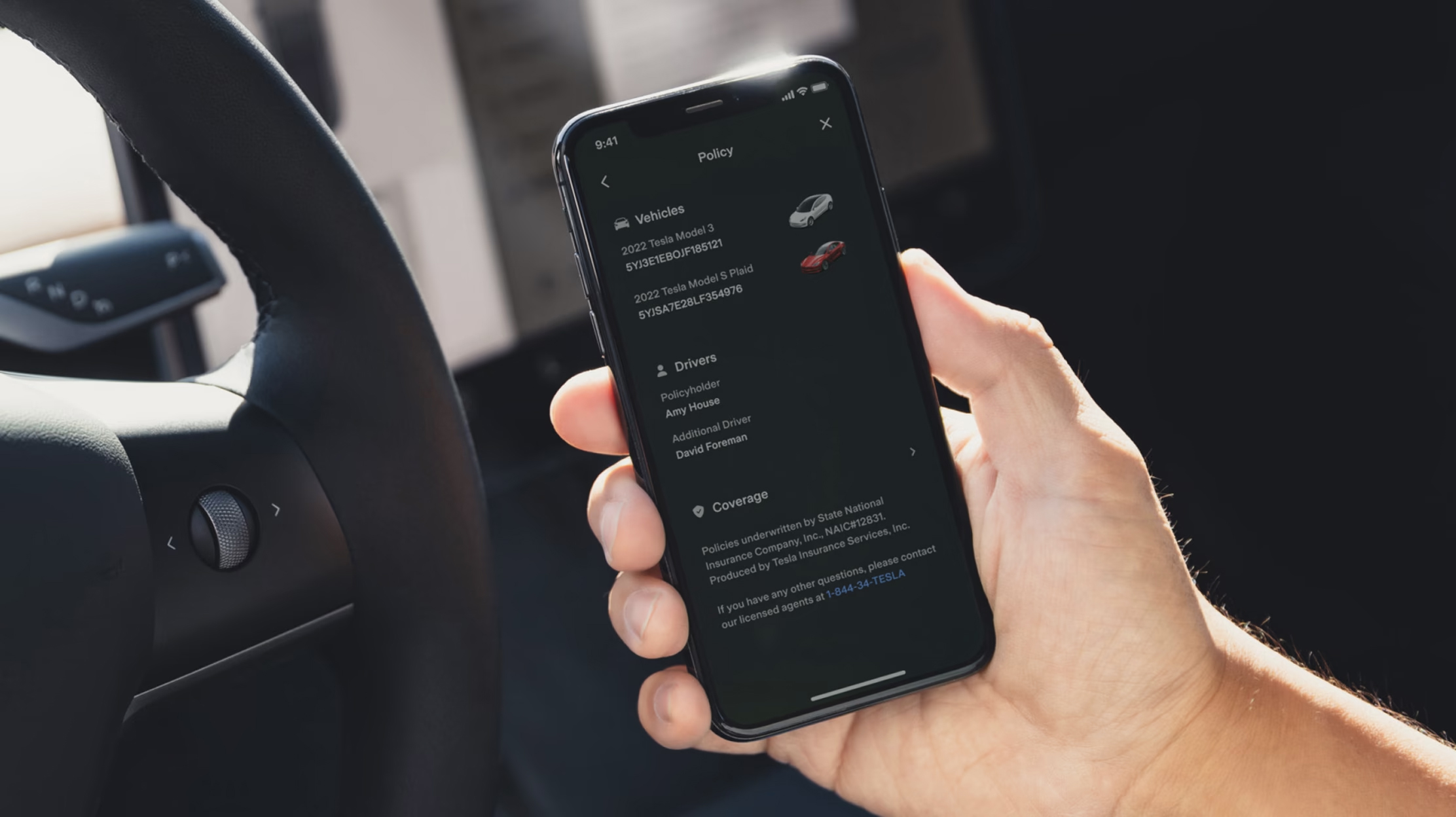

News
Tesla’s 4680 battery plant in Germany shouldn’t delay Giga Berlin’s initial production dates
Tesla’s Giga Berlin production facility is going to have a 4680 battery cell manufacturing plant on site. While some media outlets claim a delay in the Giga Berlin timeline should be expected due to the battery facility being added onto Tesla’s application, there isn’t any evidence to indicate that Tesla’s electric vehicles will be produced any later than the company expects.
The Tesla Giga Berlin production plant project has been one of the most anticipated vehicle manufacturing facilities in recent memory. But what started as Tesla’s way to introduce its products on a wider scale to the European market has become a long and drawn-out game of chess between the California automaker and German regulators. The most recent move in the plans occurred several days ago when Tesla finally decided to add its planned 4680 battery cell manufacturing plant to its application, bringing on the idea that the car company would be able to produce and install its own in-house batteries into its industry-leading electric cars.
However, the inclusion of the cell manufacturing plant in the newly revised application gives some the idea that Tesla’s project in Germany could sustain further delays. However, Teslarati sources in Germany say that the project shouldn’t incur any further delays; it will just require more deliberation on the part of the German authorities, who have the ultimate say in the project’s progress. While Tesla executives have recently voiced their discontent for the timeliness of the approval process, the sources indicate that German regulators are already talking about the inclusion of the 4680 battery factory at the Giga Berlin property, meaning the process, while deliberate, shouldn’t affect Tesla’s timeframes for initial EV production.
Tesla’s 4680 battery cells were unveiled at the company’s Battery Day in September 2020. The cells differ greatly from the 2170 cells by offering more energy, range, and power through numerous developments made by Tesla’s battery cell team.
Tesla originally planned to have Giga Berlin up and running later this year, and Summer 2021 was a timeframe that was commonly mentioned within the automaker’s plans. However, the ultimate authority who has the final say in when the electric vehicle manufacturing facility is the State Environmental Agency, who will now have to backtrack slightly as the application for Tesla’s production plant will need revisions due to the newly-included 4680 cell building will need to be considered. There is no separate application for the 4680 plant. Instead, it is simply added to the already-existing “master” application for the Giga Berlin facility.
“If this additional investment now flows into the permit application, it goes without saying that the application documents must be revised, and then the approval authorities have the last word,” Dietmar Woidke, Brandenburg’s Prime Minister, said, according to Automobilewoche. “We are well-advised to do everything we can to ensure that the entire permit for car production in Grünheide runs in a legally secure manner. The further process is currently being discussed.”
Tesla Giga Berlin’s battery factory deemed “very important” investment by minister
Woidke is a supporter of Tesla’s project and called the inclusion of the battery plant “positive news” for Germany as a whole. The plant, when finished, will provide a substantial number of employment opportunities for German citizens and will provide a healthy economic impact in the area.
German regulators have already taken their time with preliminary approvals for the facility due to refined and deliberate examinations of all elements involved. Tesla has been doing all of the work on the property without anything more than these preliminary approvals. Effectively, Tesla is running an “at-your-own-risk” construction project in Germany, and if regulators decide in a few months they do not want an electric vehicle manufacturing plant to operate in the area, Tesla will be required to bring the land back to its original state, assuming all financial risk. This scenario, while relatively unlikely, would be a blow not only to Tesla but the electric vehicle movement as a whole, as the largest EV company in the world would be extracted from the largest EV market in the world.
Tesla has likely come to the conclusion that the Summer production and delivery timeframe is not going to be achieved. In its latest Earnings Call Update Letter that was released on Monday, April 26th, the company said:
“In Europe, buildout of Gigafactory Berlin is continuing to move forward, with production and deliveries remaining on track for late 2021. Machinery for paint, stamping, castings, etc., continues to be moved into the building. In the meantime, we will continue to increase import volumes to Europe.”
However, the 4680 cell plant shouldn’t prolong Tesla’s initial vehicle manufacturing efforts. While the initial timeframes for vehicle production have been pushed back from the Summer to the end of the year, there is plenty of evidence to suggest that the 4680 plant’s inclusion will simply prolong Tesla’s construction efforts, and not necessarily the initial production effort’s start date.

News
Tesla dominates in the UK with Model Y and Model 3 leading the way

Tesla is dominating in the United Kingdom so far through 2025, and with about two weeks left in the year, the Model Y and Model 3 are leading the way.
The Model Y and Model 3 are the two best-selling electric vehicles in the United Kingdom, which is comprised of England, Scotland, Wales, and Northern Ireland, and it’s not particularly close.
According to data gathered by EU-EVs, the Model Y is sitting at 18,890 units for the year, while the Model 3 is slightly behind with 16,361 sales for the year so far.
The next best-selling EV is the Audi Q4 e-tron at 10,287 units, lagging significantly behind but ahead of other models like the BMW i4 and the Audi Q6 e-tron.
GOOD NEWS 🇬🇧 Tesla is absolutely crushing the UK electric vehicle market in 2025 💥
The numbers are in, and the dominance is clear. With an impressive amount of 42,270 vehicles delivered year-to-date, the brand now commands a solid 9.6% market share of the total auto market 🆒… pic.twitter.com/dkiGX9kzd0
— Ming (@tslaming) December 18, 2025
The Model Y has tasted significant success in the global market, but it has dominated in large markets like Europe and the United States.
For years, it’s been a car that has fit the bill of exactly what consumers need: a perfect combination of luxury, space, and sustainability.
Both vehicles are going to see decreases in sales compared to 2024; the Model Y was the best-selling car last year, but it sold 32,610 units in the UK. Meanwhile, the Model 3 had reached 17,272 units, which will keep it right on par with last year.
Tesla sold 50,090 units in the market last year, and it’s about 8,000 units shy of last year’s pace. It also had a stronger market share last year with 13.2 percent of the sales in the market. With two weeks left in 2025, Tesla has a 9.6 percent market share, leading Volkswagen with 8 percent.
The company likely felt some impact from CEO Elon Musk’s involvement with the Trump administration and, more specifically, his role with DOGE. However, it is worth mentioning that some months saw stronger consumer demand than others. For example, sales were up over 20 percent in February. A 14 percent increase followed this in June.
News
Tesla Insurance officially expands to new U.S. state
Tesla’s in-house Insurance program first launched back in late 2019, offering a new way to insure the vehicles that was potentially less expensive and could alleviate a lot of the issues people had with claims, as the company could assess and repair the damage itself.

Tesla Insurance has officially expanded to a new U.S. state, its thirteenth since its launch in 2019.
Tesla has confirmed that its in-house Insurance program has officially made its way to Florida, just two months after the company filed to update its Private Passenger Auto program in the state. It had tried to offer its insurance program to drivers in the state back in 2022, but its launch did not happen.
Instead, Tesla refiled the paperwork back in mid-October, which essentially was the move toward initiating the offering this month.
BREAKING: Tesla Insurance has just officially launched in Florida.
This is the first new state to receive @Tesla Insurance in more than 3 years. In total, Tesla insurance is now available in 13 U.S. states (map in thread below of all the states).
Tesla Insurance in Florida uses… pic.twitter.com/bDwh1IV6gD
— Sawyer Merritt (@SawyerMerritt) December 17, 2025
Tesla’s in-house Insurance program first launched back in late 2019, offering a new way to insure the vehicles that was potentially less expensive and could alleviate a lot of the issues people had with claims, as the company could assess and repair the damage itself.
It has expanded to new states since 2019, but Florida presents a particularly interesting challenge for Tesla, as the company’s entry into the state is particularly noteworthy given its unique insurance landscape, characterized by high premiums due to frequent natural disasters, dense traffic, and a no-fault system.
Annual average premiums for Florida drivers hover around $4,000 per year, well above the national average. Tesla’s insurance program could disrupt this, especially for EV enthusiasts. The state’s growing EV adoption, fueled by incentives and infrastructure development, aligns perfectly with Tesla’s ecosystem.
Moreover, there are more ways to have cars repaired, and features like comprehensive coverage for battery damage and roadside assistance tailored to EVs address those common painpoints that owners have.
However, there are some challenges that still remain. Florida’s susceptibility to hurricanes raises questions about how Tesla will handle claims during disasters.
Looking ahead, Tesla’s expansion of its insurance program signals the company’s ambition to continue vertically integrating its services, including coverage of its vehicles. Reducing dependency on third-party insurers only makes things simpler for the company’s automotive division, as well as for its customers.
News
Tesla Full Self-Driving gets sparkling review from South Korean politician
“Having already ridden in an unmanned robotaxi, the novelty wasn’t as strong for me, but it drives just as well as most people do. It already feels like a completed technology, which gives me a lot to think about.”

Tesla Full Self-Driving got its first sparkling review from South Korean politician Lee So-young, a member of the country’s National Assembly, earlier this week.
Lee is a member of the Strategy and Finance Committee in South Korea and is a proponent of sustainable technologies and their applications in both residential and commercial settings. For the first time, Lee was able to utilize Tesla’s Full Self-Driving technology as it launched in the country in late November.
Her thoughts on the suite were complimentary to the suite, stating that “it drives just as well as most people do,” and that “it already feels like a completed technology.”
드디어 오늘, 서울에서 테슬라 FSD 체험 했습니다.
JiDal Papa님의 모델S 협찬에 힘입어^^ 파파님 정말 감사합니다.
국회 -> 망원시장 -> 홍익대 -> 국회 복귀 코스였고요.
이미 무인 로보택시를 타봐서 그런지 신기함은
덜했지만, 웬만한 사람만큼 운전을 잘하네요.이미 완성된 기술이라고… pic.twitter.com/8pAidHBpRG
— 이소영 국회의원 (Soyoung Lee) (@im_soyounglee) December 17, 2025
Her translated post says:
“Finally, today I got to experience Tesla FSD in Seoul. Thanks to the Model S sponsored by JiDal Papa^^, I’m truly grateful to Papa. The route was from the National Assembly -> Mangwon Market -> Hongik University -> back to the National Assembly. Having already ridden in an unmanned robotaxi, the novelty wasn’t as strong for me, but it drives just as well as most people do. It already feels like a completed technology, which gives me a lot to think about. Once it actually spreads into widespread use, I feel like our daily lives are going to change a lot. Even I, with my license gathering dust in a drawer, don’t see much reason to learn to drive a manual anymore.”
Tesla Full Self-Driving officially landed in South Korea in late November, with the initial launch being one of Tesla’s most recent, v14.1.4.
It marked the seventh country in which Tesla was able to enable the driver assistance suite, following the United States, Puerto Rico, Canada, China, Mexico, Australia, and New Zealand.
It is important to see politicians and figures in power try new technologies, especially ones that are widely popular in other regions of the world and could potentially revolutionize how people travel globally.








